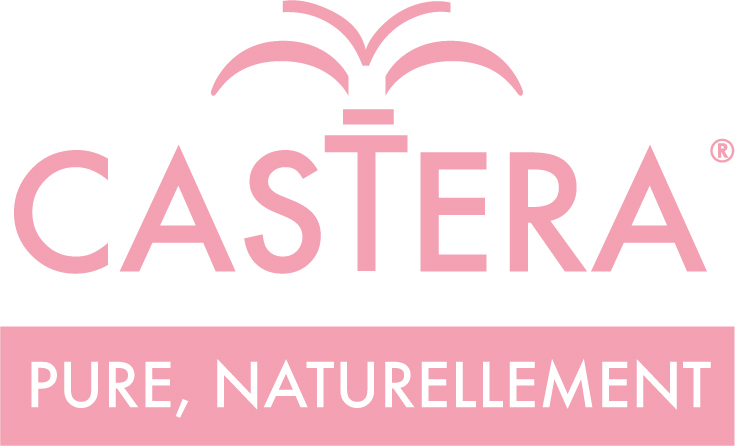Baby's skin

Crédit photo : Lisa Fotios
The composition of babies' skin
During pregnancy, the baby is surrounded by amniotic fluid which is isotonic and sterile. At birth, the baby is protected by a protective fatty substance, which covers his skin and protects him from the external environment. This protection wears off a few days after childbirth and the baby's skin becomes drier.
The skin is made up of different layers: the epidermis, dermis and hypodermis. The outermost layer is the epidermis, it is a layer that interfaces between the external environment and the internal environment. Underneath is the dermis, which is the nutrient layer that regulates temperature and fights infection and attacks on the skin. The hypodermis is in the transition zone between the skin and the interior environment, which is a sterile environment.
These layers of cells are all present in children, but they are less developed than in adults. Some cells or glands are still immature in their skin. The baby's skin is very thin and permeable. It is a skin which is poorer in microorganisms and which can therefore defend itself less well against attacks from the external environment. It allows harmful chemicals or microorganisms to pass more easily inside the body.
The functions of the skin
The skin is an important organ that has different functions :
- It mainly serves as a protective barrier against external aggressions (chemical agents, UV rays, microorganisms), it is an essential immune organ.
- The skin is necessary for the regulation of body temperature.
- It also has a secretory function thanks to the sebaceous and sweat glands which ensure the integrity of the internal environment of the body.
- The skin has, thanks to its different nerve receptors, a very important sensory function, responding to different stimuli such as heat, cold, pain and of course touch.
Skin problems in infants
Because of its poorly developed condition, some of these functions are not functional in children but will become so as they grow. Certain skin problems are then common in the baby, in particular:
- Skin irritation: When the protective film that surrounds the baby when it is born wears off, its skin becomes drier and more fragile. It is therefore essential to nourish the baby's skin with a protective moisturizer suitable for his skin.
- Redness of the seat: At the level of the buttocks the skin of the baby is sensitive. Contact of diapers, stools and urine on the skin can cause irritation and redness of the seat. For the comfort of the baby, it is important to change it regularly, to use products specific to babies, to dry the skin well and to hydrate it with superfatted products.
- Very high sensitivity to UV: melanocytes, cells of the epidermis, are very poorly developed in children. These cells contain melanin, pigments responsible for the color of the skin which play a protective role against the UV rays of the sun. These cells are very rare in babies, which is why it is essential to protect your child from the sun. For this it is advisable to avoid exposure to the sun and to protect it with clothing and sunscreen intended especially for children.
- Cradle cap: This is an excessive production of sebum that clumps together with dead cells on the surface of the skin. They are mainly found on the scalp but also on other parts of the body (upper face, nose, etc.). They are in no way painful for the child. It is important to clean them so that they disappear because it is a rich medium for microorganisms which can colonize them very quickly.
How to take care of it ?
The baby's skin will change over time and become more mature. Rest assured, it only takes a few months. During this development we must preserve the skin and body of the baby and help protect him from our external environment.
The skin-to-weight ratio is much higher in babies than in adults. Therefore, when applying a product to a child, the absorbed concentration will be much higher than in an adult. It therefore requires the use of specific products. It is necessary to use products formulated with natural ingredients, of which their number is limited and of which allergenic ingredients are prohibited. The flora present on the child's skin is quite poor. Promoting good hydration helps maintain a balanced and polymorphic flora. It is essential to watch out for acidic products that facilitate the proliferation of harmful germs for the body.
The products made from Castéra Thermal Spring Water are precisely products that will help the child to develop a flora resistant to external aggressions. They regulate the skin flora and are suitable for daily use in newborns and children.
Website design by : la brique rose
